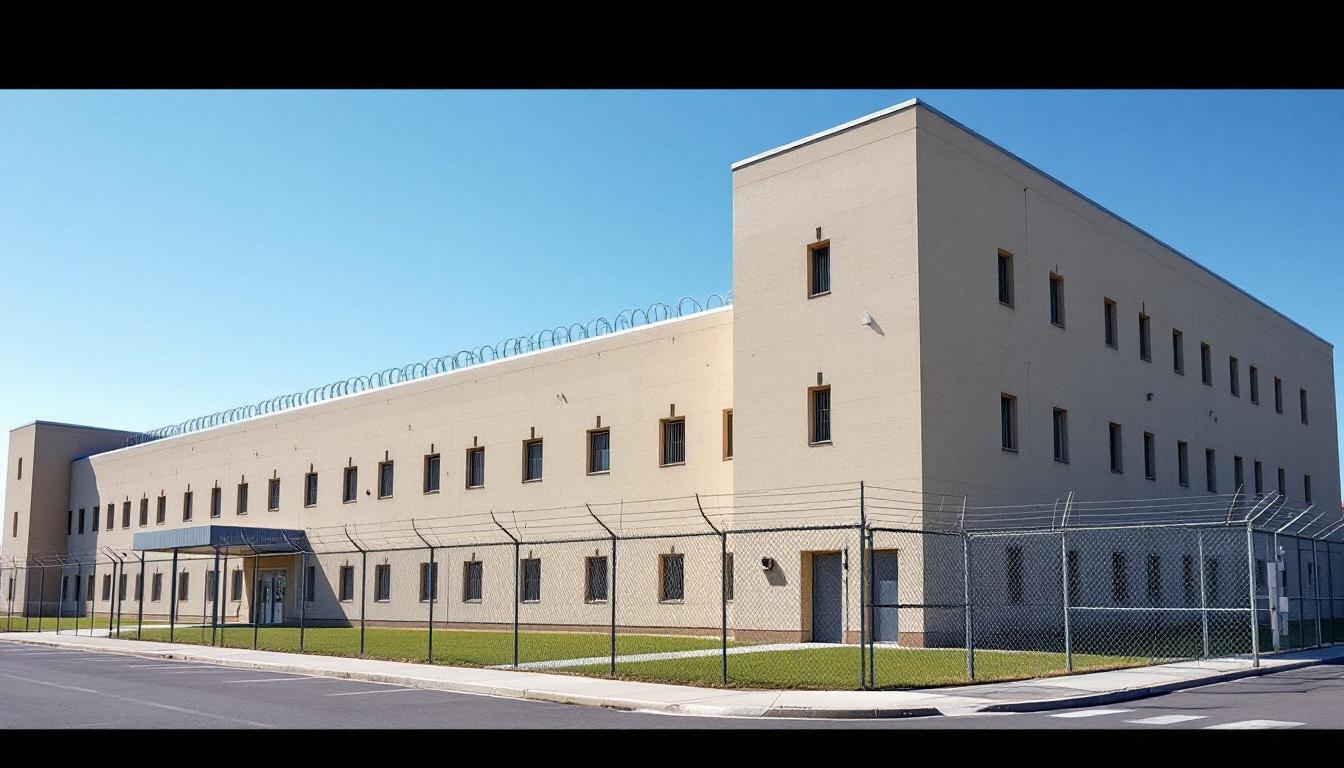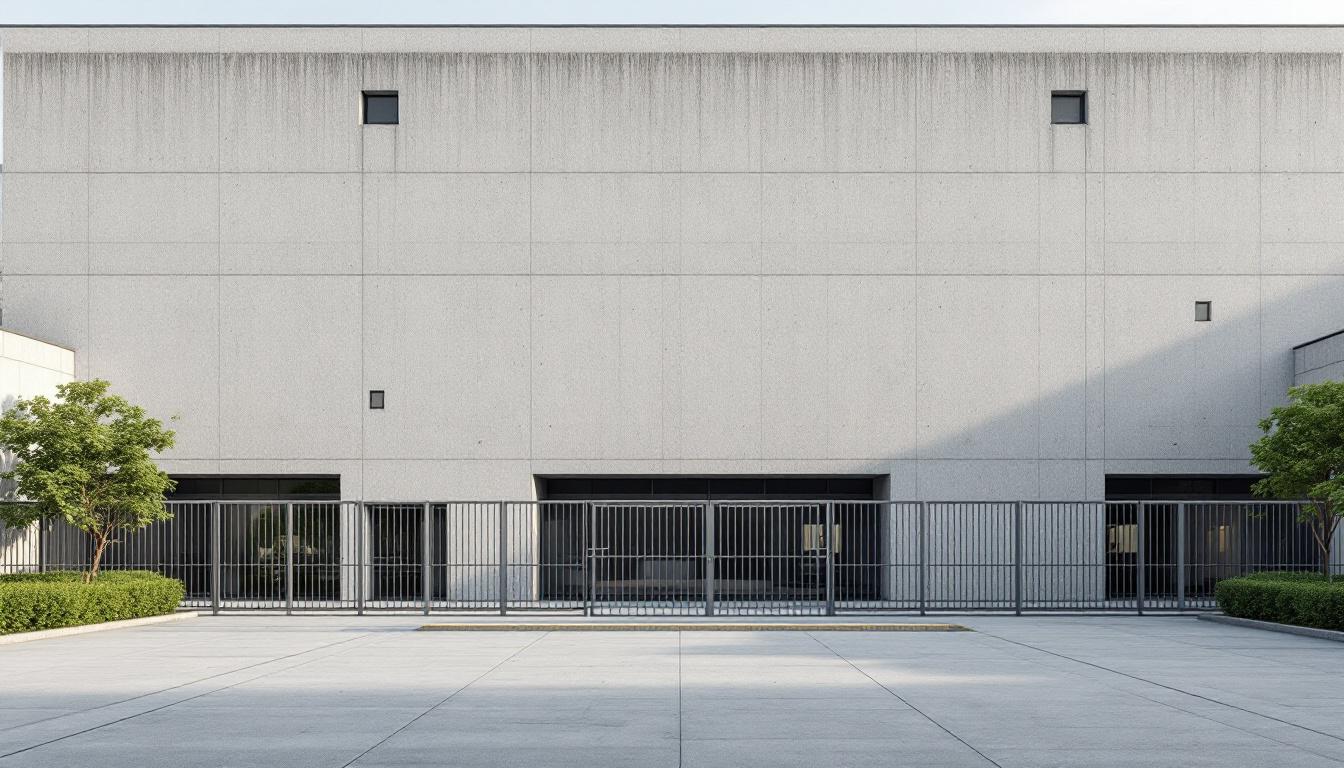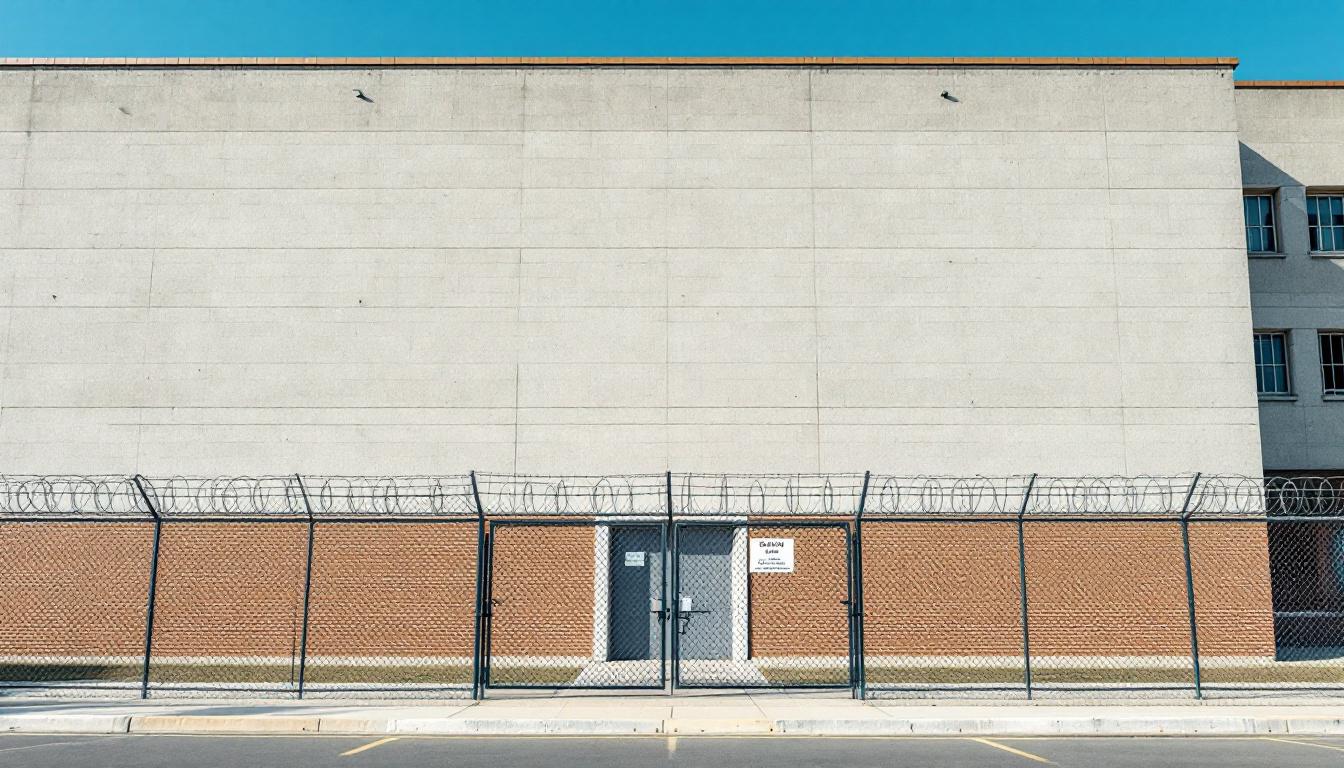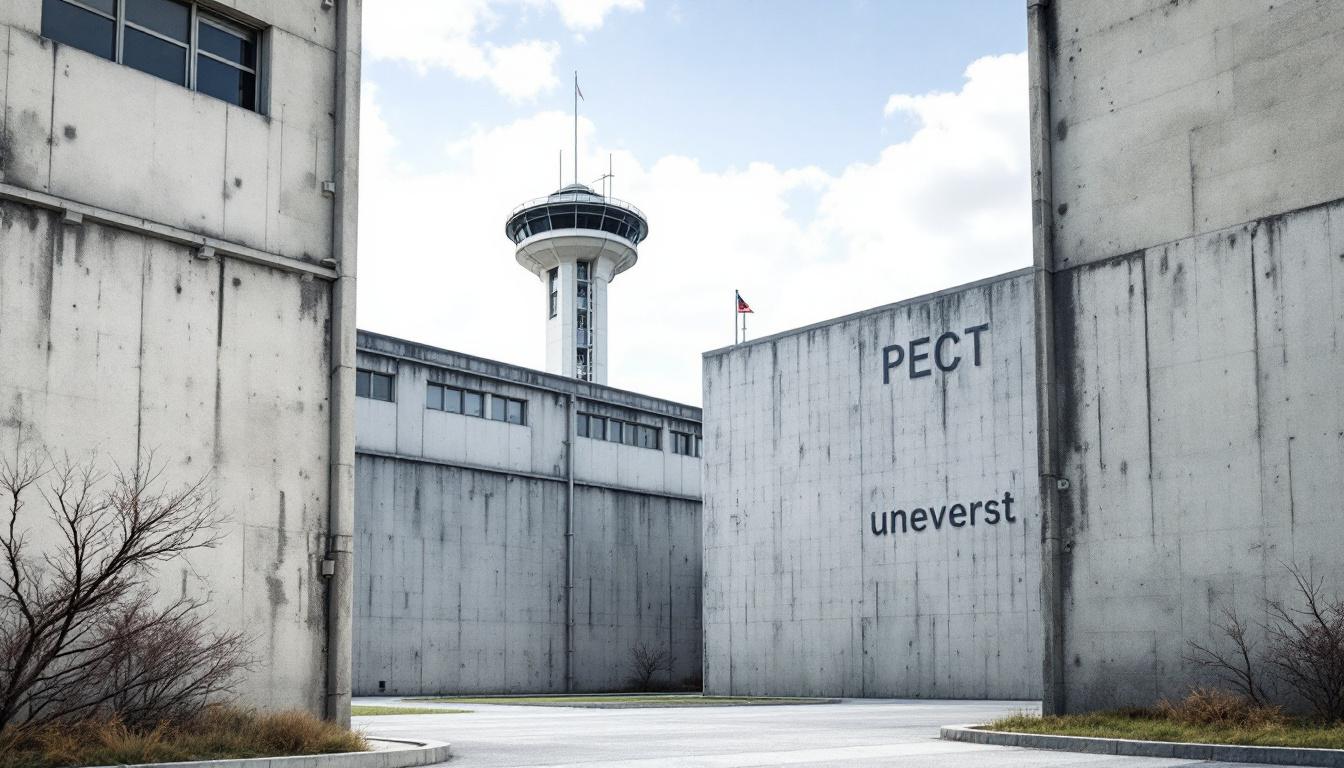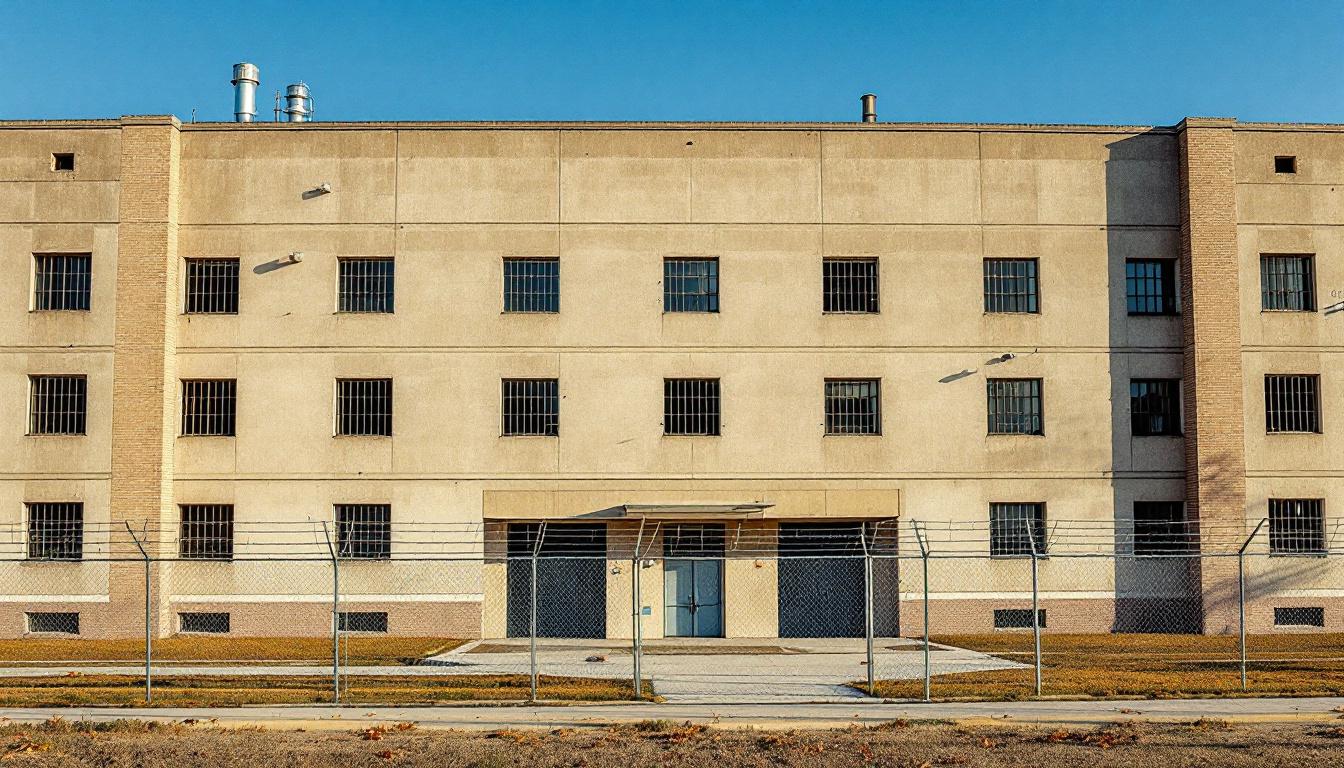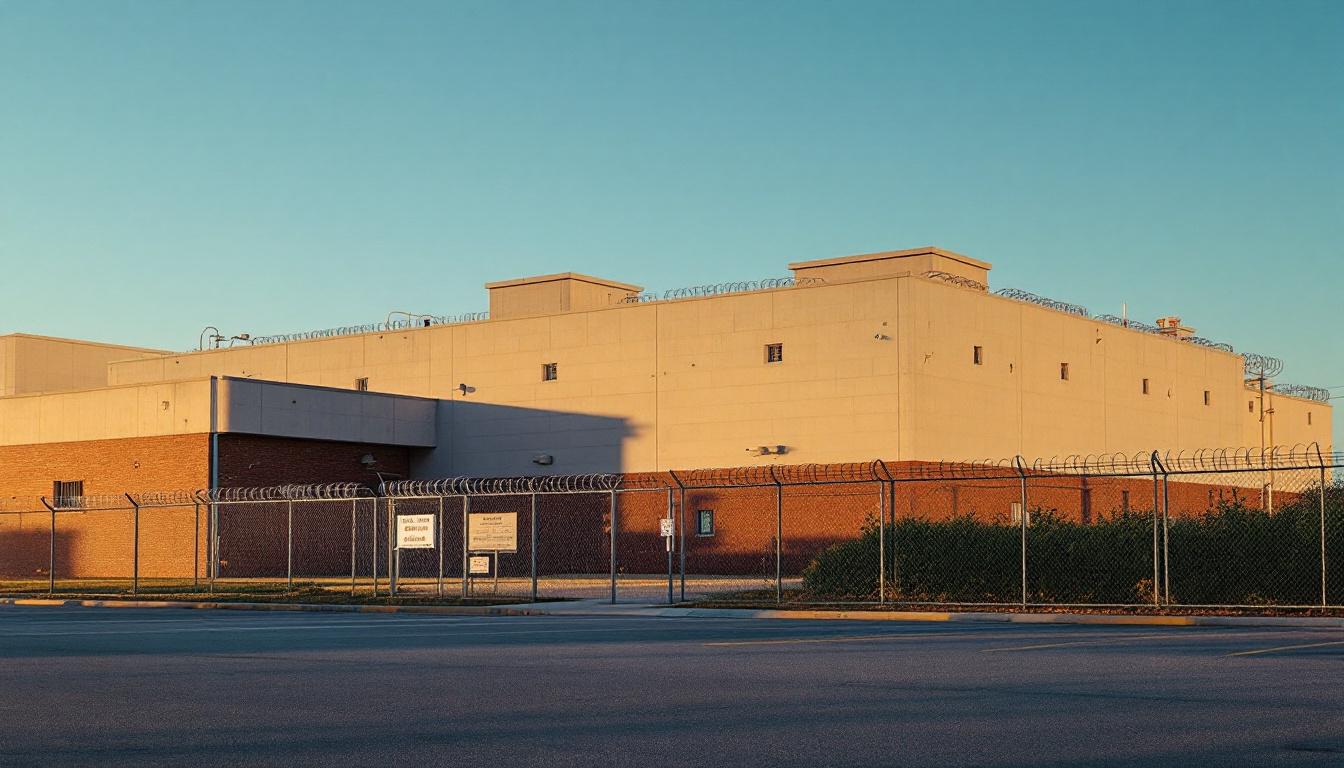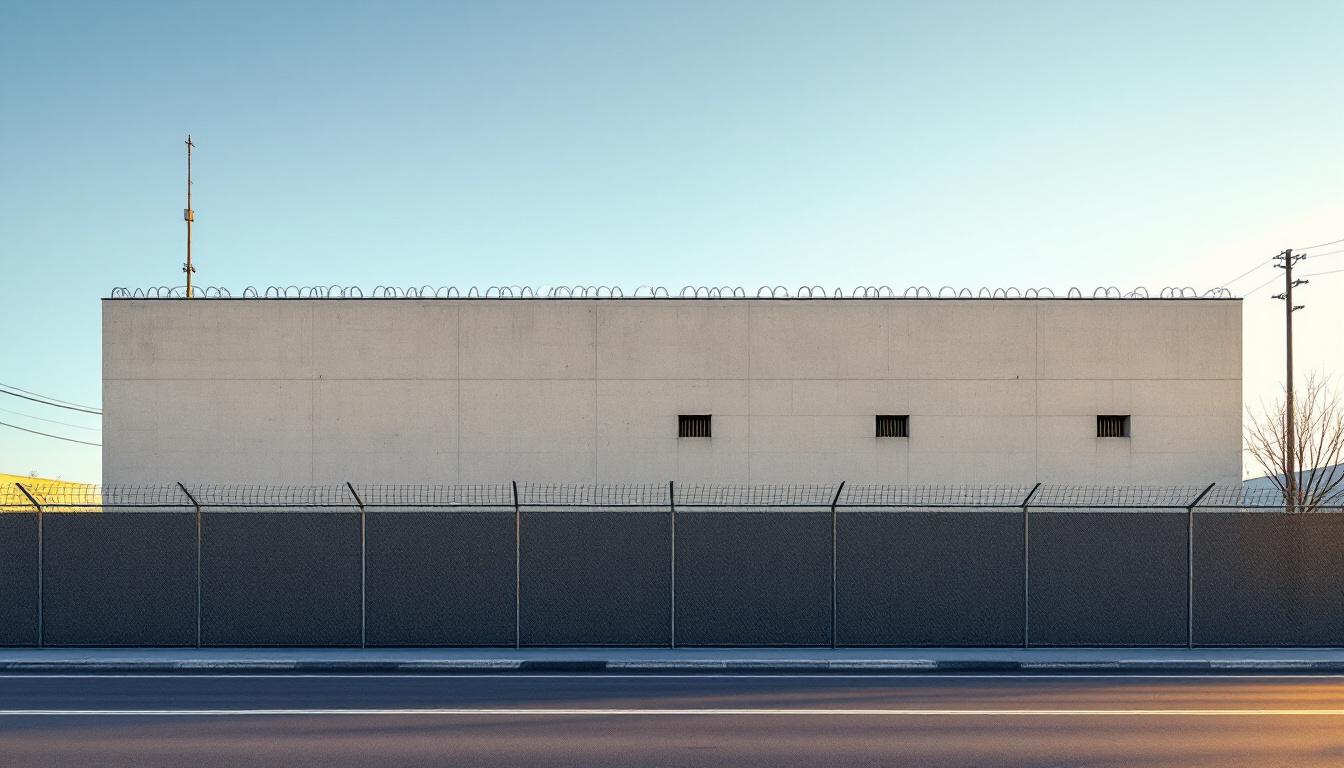
Quick Navigation
How to contact an inmate at Milwaukee Secure Detention Facility
This comprehensive guide will walk you through how to connect with an inmate at Milwaukee Secure Detention Facility. Follow the steps below to find an inmate and send letters and photos:
- Search for the inmate using our search tool below
- Create your account or log in to Penmate
- Write your message (up to 6,000 characters)
- Send instantly - inmates receive printed copies daily
Find an Inmate
Search for an inmate to start communicating today
Tip: You can search by first name, last name, or inmate ID number
To contact a person at Milwaukee Secure Detention Facility start by searching for the person on the official facility website. Perform a search by following these steps:
- Step 1: Enter their first name and last name into the search form and click "Search"
- Step 2: Locate their inmate record
- Step 3: Write down their Inmate ID and any housing information provided
Important! Be sure to enter the person's full name. Nicknames should not be used.
How to Send Messages to Inmates

You can use your phone or computer to send emails, letters, and photos to an inmate. Messages are sent electronically to inmate tablets or kiosks at the facility. If you would like to send a message, start by searching for an inmate at Milwaukee Secure Detention Facility.
Sending Photos and Postcards

A great way to send love and support to a loved one at Milwaukee Secure Detention Facility is to send photos and postcards. It only takes a few minutes to send photos from your phone and it makes a huge difference. You can also mail postcards with words of support and inspiration, or design your own postcard for special moments like birthdays and holidays.
Important! Be sure not to send any explicit photos or they may not be approved by the facility. You can also use a photo printing app like Penmate to make sure your photos are printed at the correct size (4x6 or 3x5) and are mailed according to the rules and regulations of Milwaukee Secure Detention Facility.
Frequently asked questions about Milwaukee Secure Detention Facility
-
How long does it take to deliver a message?
If you're sending an email message your letter is usually delivered within 24-48 hours. For messages sent via mail you should expect delivery within 3-7 days. All messages will need be approved by Milwaukee Secure Detention Facility.
-
How much does it cost to send a message to Milwaukee Secure Detention Facility?
You can send a message free using your phone or mail a message via USPS for the price of a $0.60 stamp and envelope. You can also purchase credits or e-stamps from services starting at $1.99.
-
What services can I use to contact an inmate at Milwaukee Secure Detention Facility?
Penmate
You can use Penmate to send letters and photos to an inmate from your phone. It's an easy way to stay in touch during your loved one's incarceration. Use the inmate locator to find an inmate's location and contact information, then you can send messages within a few minutes.
Securus messaging
Securus may be another option for communicating with an inmate at Milwaukee Secure Detention Facility. You can create a friends and family account and purchase credits to send messages. All messages will be reviewed and must be approved by the facility.
JPay
Some county jails and state prisons may support sending messages with JPay. You must register an account with the system, find your loved one, and purchase stamps to send messages. For some locations you can also attach photos.
Smart Jail Mail
You may also check if Smart Jail Mail is available at Milwaukee Secure Detention Facility. Smart Jail Mail is operated by Smart Communications and has contracted with some state and county jails. After purchasing credits, your messages and photos are sent to the facility, printed out, and then handed out to your loved one.
-
What is the mailing address of Milwaukee Secure Detention Facility?
Mailing address:
Milwaukee Secure Detention Facility
1015 N 10th St
Milwaukee, WI 53233
Phone: (414) 212-3535Business hours:
- Monday: 7:00 AM – 8:00 PM
- Tuesday: 7:00 AM – 8:00 PM
- Wednesday: 7:00 AM – 8:00 PM
- Thursday: 7:00 AM – 8:00 PM
- Friday: 7:00 AM – 8:00 PM
- Saturday: 8:00 AM – 8:00 PM
- Sunday: 8:00 AM – 8:00 PM
-
What are the visiting hours at Milwaukee Secure Detention Facility?
Visiting hours at Milwaukee Secure Detention Facility vary by housing unit and security level. Generally, visits are scheduled on weekends and holidays, with some facilities offering weekday visits. Contact the facility directly at (414) 212-3535 or check their website for the current visiting schedule. Visits typically last 30-60 minutes and must be scheduled in advance.
-
What items are prohibited when sending mail to Milwaukee Secure Detention Facility?
Prohibited items typically include: cash, personal checks, stamps, stickers, glitter, glue, tape, staples, paperclips, polaroid photos, musical or blank greeting cards, hardcover books, magazines with staples, and any items containing metal or electronics. Only send letters on plain white paper with blue or black ink. Photos must be printed on regular photo paper (no Polaroids). Always check with Milwaukee Secure Detention Facility for their specific mail policies.
-
How do I send money to an inmate at Milwaukee Secure Detention Facility?
You can send money to an inmate at Milwaukee Secure Detention Facility through several methods: 1) Online using JPay, Access Corrections, or the facility's approved vendor, 2) Money orders mailed directly to the facility with the inmate's name and ID number, 3) Kiosks located in the facility lobby, or 4) Over the phone using a credit or debit card. Fees vary by method, typically ranging from $2.95 to $11.95 per transaction.
-
Can I schedule a video visit with an inmate at Milwaukee Secure Detention Facility?
Many facilities now offer video visitation as an alternative to in-person visits. At Milwaukee Secure Detention Facility, video visits may be available through services like Penmate, Securus Video Connect, GTL, or ICSolutions. Video visits typically cost $10-20 for 20-30 minutes and must be scheduled in advance. You'll need a computer or smartphone with a camera and reliable internet connection. Contact the facility for their specific video visitation policies and approved vendors.
-
What identification do I need to visit an inmate at Milwaukee Secure Detention Facility?
All visitors must present valid government-issued photo identification such as a driver's license, state ID, passport, or military ID. Minors must be accompanied by a parent or legal guardian who can provide the minor's birth certificate. Some facilities require visitors to be on the inmate's approved visitation list, which may require a background check. Contact Milwaukee Secure Detention Facility for specific ID requirements and visitor approval procedures.
-
How can I find out an inmate's release date?
To find an inmate's release date at Milwaukee Secure Detention Facility, you can: 1) Use the online inmate search tool if available, 2) Call the facility's records department, 3) Contact the inmate's case manager or counselor, or 4) Have the inmate provide this information during a call or visit. For privacy reasons, some facilities only release this information to immediate family members.
Facility Overview
Contact Information
Milwaukee Secure Detention Facility1015 N 10th St
Milwaukee, WI 53233
Phone: (414) 212-3535
Official Website

About Milwaukee Secure Detention Facility
Correctional facilities within Michigan's detention network serve as crucial components in the state's approach to public safety and offender rehabilitation, with each institution playing a distinct role in addressing the complex needs of incarcerated populations. The Milwaukee Secure Detention Facility, positioned within this broader correctional framework, operates as an MI correctional facility that typically houses individuals at various stages of the judicial process, from pre-trial detention through sentenced populations requiring secure custody levels.
Located in Milwaukee, Michigan, this facility functions as part of the regional corrections infrastructure that serves communities throughout the surrounding area. The population services provided generally encompass essential daily operations including housing, medical care, food service, and basic programming opportunities that may include educational components and behavioral intervention programs. As with many correctional facilities in the Midwest region, the institution typically maintains security protocols designed to ensure safe operations while potentially offering structured activities aimed at preparing individuals for eventual community reintegration.
The facility's role within Michigan's correctional system often involves coordination with other state institutions, courts, and community-based organizations to facilitate various aspects of case management and transition planning. Milwaukee Secure Detention Facility generally operates under state corrections standards, which may include provisions for family visitation, legal access, and basic rehabilitative services that support both immediate custody needs and longer-term public safety objectives throughout the region.
Programs & Services
Through a comprehensive framework of rehabilitative services, support is delivered to the population at Milwaukee Secure Detention Facility through carefully structured programs designed to address both immediate needs and long-term reintegration goals. The facility's approach emphasizes skill development and personal growth, recognizing that meaningful change occurs when individuals are provided with practical tools and emotional support systems. This philosophy permeates throughout the various program offerings, creating an environment where participants can work toward rebuilding their lives while maintaining connections to family and community.
Educational and vocational programs form the cornerstone of skill-building opportunities, with education programs typically offering academic instruction at multiple levels to help participants complete their educational goals. The vocational education component may supply training in various trades, with welding programs often providing hands-on experience that can translate directly into employment opportunities upon release. These programs are designed to equip the population with marketable skills while fostering a sense of accomplishment and purpose during their time at the facility.
Moreover, support services extend beyond academic and vocational training to address the broader needs of successful reintegration. The prisoner reentry initiative typically focuses on preparing individuals for their return to the community through practical planning and resource connections. Chaplaincy programs often provide spiritual guidance and counseling support, helping participants navigate personal challenges while maintaining important connections to their faith communities. Additionally, facility maintenance programs may offer work experience opportunities that develop responsibility and work ethic while contributing to the daily operations of the institution, creating a sense of investment in the facility environment.
Daily Life & Visitation
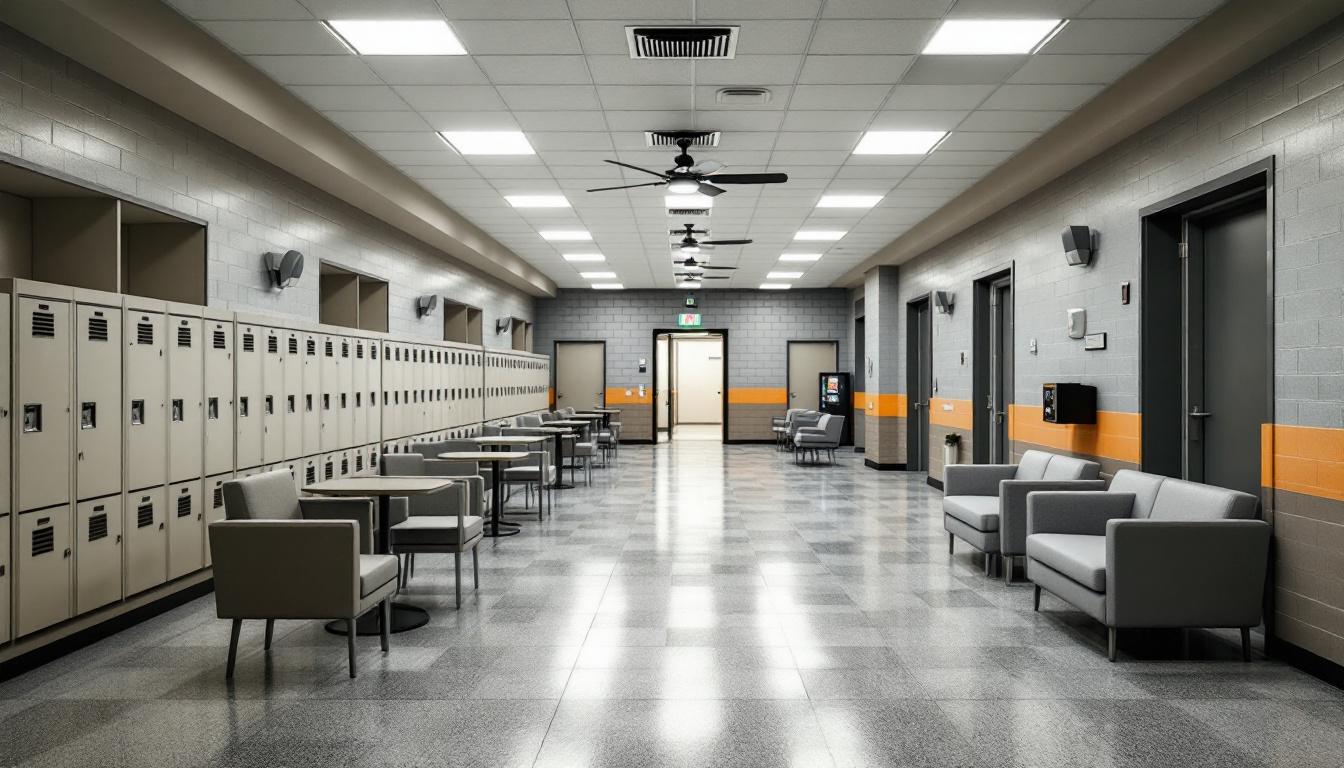
The carefully orchestrated organizational framework at Milwaukee Secure Detention Facility shapes every aspect of how the population experiences their daily environment, with structured schedules and clear protocols governing movement, activities, and interactions throughout each day. Today's routine typically begins with early morning counts and continues consistently through predetermined meal times, programming sessions, and evening procedures that maintain order while providing opportunities for personal development and communication with loved ones.
The population generally resides in housing units designed to accommodate multiple individuals, with living arrangements that may include shared dormitory-style spaces or smaller rooms depending on classification levels and available capacity. Meals are typically served in designated dining areas at scheduled times, with the facility often providing nutritionally balanced options that meet dietary requirements and accommodate various medical or religious needs. Moreover, recreational opportunities usually supply structured physical activity through gymnasium access, outdoor recreation yards, and organized sports or fitness programs that help maintain physical and mental well-being during confinement.
Programming schedules typically encompass educational classes, vocational training, and counseling sessions that supply meaningful structure to daily routines while preparing individuals for eventual reintegration. Work assignments within the facility may include kitchen duties, maintenance tasks, or administrative support roles that provide both purposeful activity and potential skill development. Whereas movement throughout the facility requires supervision and adherence to security protocols, the population generally maintains regular contact with family members through scheduled visitation periods, telephone privileges, and correspondence opportunities that help preserve important personal connections during their stay at the facility.
Ready to Connect?
Start communicating with your loved one today
Search for an Inmate




